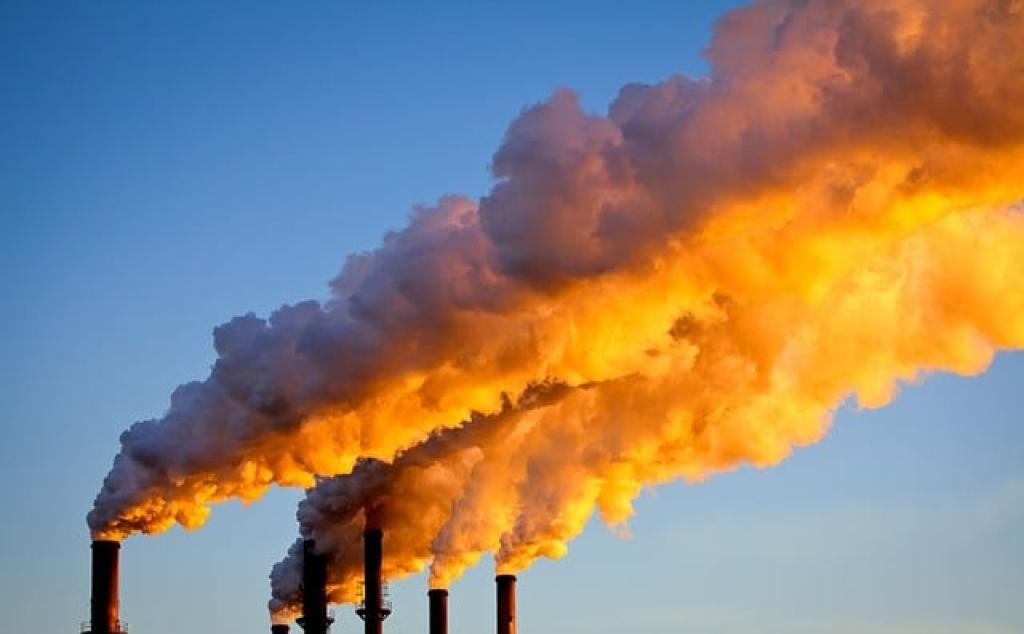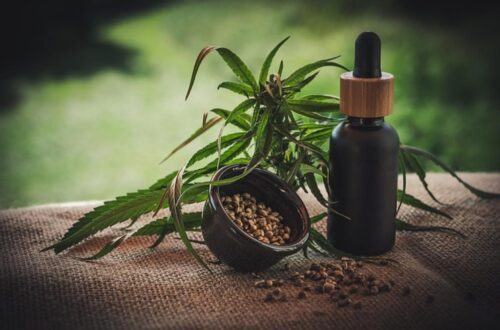Ever wondered how your favorite essential oils, hemp extracts, or flavorings are made? The magic lies in CO2 extraction, a method cherished for its purity and efficiency. But not all CO2 extractions are created equal.
Let’s dive into the world of supercritical and subcritical CO2 extraction, two star players in this game. Both techniques harness the power of carbon dioxide, but they perform in quite distinct ways.
Curious to know which method is gentler on delicate compounds or which one yields a more potent product? Keep reading as we unravel the differences, benefits, and uses of supercritical and subcritical CO2 extraction. This guide will help you understand why the method matters, whether you’re a consumer, a producer, or just a curious mind.
Key Differences Between Supercritical and Subcritical CO2 Extraction
Supercritical and subcritical CO2 extraction methods might sound technical, but they’re pretty fascinating once you break them down.
Pressure and Temperature
The main difference lies in the pressure and temperature used. Supercritical CO2 extraction operates at higher temperatures and pressures, making CO2 behave like both a liquid and gas. This makes it perfect for efficiently extracting robust compounds.
In contrast, subcritical CO2 extraction uses lower temperatures and pressures. This gentler approach is ideal for more delicate compounds, ensuring they aren’t damaged during extraction.
Yield and Quality
Supercritical CO2 tends to extract more compounds in a shorter amount of time. It’s like a power boost for your extraction process. This method is great for producing high yields of potent extracts.
Subcritical CO2, though slower and yielding less, offers a more nuanced product. It’s ideal for substances where maintaining the integrity of sensitive compounds is crucial.
Environmental Impact
Both methods are environmentally friendly compared to traditional extraction techniques. However, supercritical CO2 extraction is often favored in commercial settings for its efficiency, while subcritical is preferred for artisanal or high-end products.
Understanding these differences can help you choose the right extraction method for your needs, whether you’re crafting a potent new product or looking to preserve delicate flavors and aromas.

Understanding the Basics of Supercritical and Subcritical CO2 Extraction
Before diving into the fine details, let’s get a grasp on what CO2 extraction actually is. CO2, or carbon dioxide, is a versatile compound used to extract essential oils, flavors, and other valuable components from plants.
In supercritical CO2 extraction, CO2 is brought to a supercritical state, which means it’s heated and pressurized until it exhibits characteristics of both a liquid and a gas. This unique state allows it to penetrate plant materials deeply and extract compounds effectively.
On the flip side, subcritical CO2 extraction involves lower temperatures and pressures. This method keeps CO2 in a liquid form, making it ideal for extracting more heat-sensitive compounds. It’s a slower process, but it’s gentle and preserves delicate components.
Both methods start by placing plant material in an extraction chamber. CO2 is then pumped through, capturing the desired compounds. These compounds are later separated from the CO2, leaving behind pure, concentrated extracts ready for use.
These extraction techniques are prized for their ability to produce clean, high-quality extracts without the use of harmful solvents, making them the go-to choice for many industries looking for purity and safety in their products.
Advantages and Disadvantages of Supercritical and Subcritical CO2 Extraction
Each extraction method comes with its own set of perks and pitfalls, so let’s break it down.
Supercritical CO2 extraction excels at its ability to extract a broader range of compounds due to its powerful penetration capabilities. This method tends to be faster, making it efficient for large-scale operations. The ability to tweak pressure and temperature means you can achieve varying levels of selectivity, offering flexibility for different applications.
However, it’s not all sunshine and roses. The high-pressure equipment required for supercritical extraction can be quite costly, potentially putting it out of reach for smaller businesses. Additionally, the intense conditions might degrade some sensitive compounds, potentially affecting the final product quality.
Subcritical CO2 extraction shines when dealing with delicate, heat-sensitive compounds. It’s the go-to for preserving the full spectrum of components, maintaining their natural state and efficacy.
The downside? Subcritical extraction is slower and might extract fewer compounds compared to its supercritical counterpart. This method can also require more time and may lead to lower yield, especially when working with bulk quantities.
To sum up, supercritical extraction is great for efficiency and versatility, while subcritical is ideal for purity and gentle handling of sensitive ingredients. The choice often depends on your specific needs and priorities in the extraction process.
Applications and Best Uses of Supercritical and Subcritical CO2 Extraction
Diving into the practical side, let’s explore where each extraction method truly shines.
Supercritical CO2 extraction finds its niche in the food and beverage industry, especially for creating essential oils, flavors, and fragrances. It’s also widely used in the pharmaceutical and cosmetic sectors, thanks to its ability to efficiently extract bioactive compounds and produce high-purity products.
In the cannabis industry, supercritical extraction is a popular choice for producing high-quality cannabinoids and terpenes, helping create everything from tinctures to vape oils. Its precision and efficiency make it a valuable tool for large-scale production.
On the other hand, subcritical CO2 extraction is your best bet when working with temperature-sensitive materials. It’s ideal for producing natural medicinal and aromatic products, such as high-quality botanical extracts.
This method excels in the extractive distillation of essential oils and other delicate compounds that might degrade under harsher conditions. Think of subcritical extraction when purity and preservation are paramount.
Exploring the Efficiency and Environmental Impact of Each Extraction Method
When it comes to efficiency, both supercritical and subcritical CO2 extraction have their own sets of advantages. Supercritical extraction is fast and effective, capable of extracting a wide range of compounds within a shorter time frame. This makes it a go-to option for large-scale operations where time is money.
Subcritical extraction, while slower, offers greater selectivity. This means you can target specific compounds more accurately, which can be crucial for high-quality, specialized products. It’s especially useful in smaller-scale settings where precision trumps speed.
Environmental Impact
One of the fantastic things about CO2 extraction—both supercritical and subcritical—is its minimal environmental footprint. CO2 is a naturally occurring compound that can be recycled and reused in the extraction process, reducing waste and emissions.
Unlike traditional solvents that can be harmful and require significant energy to dispose of safely, CO2 is non-toxic and leaves behind no harmful residues. This makes CO2 extraction an eco-friendly alternative, aligning perfectly with sustainable practices.
Equally, as the process doesn’t involve high temperatures (especially in subcritical extraction), it often requires less energy compared to other methods. This energy efficiency further contributes to a smaller environmental impact.
The Bottom Line on Choosing Between Supercritical and Subcritical CO2 Extraction
So, what’s the bottom line? When it comes to choosing between supercritical and subcritical CO2 extraction, it really boils down to your specific needs and priorities. If you’re aiming for speed and plan to operate on a large scale, supercritical CO2 extraction has the edge. It’s fast, efficient, and can handle big batches with ease.
On the other hand, if your goal is to produce high-purity, specialized products, then subcritical CO2 extraction might be the way to go. It allows for more selective extraction, ensuring that you capture exactly what you need without the extras. Although it’s a slower process, the precision can be well worth the wait.
Also, both methods shine when it comes to environmental friendliness. Since CO2 is non-toxic and can be reused, it’s a sustainable choice whether you go the supercritical or subcritical route. You’ll be producing high-quality products while keeping your ecological footprint to a minimum, which is a win-win in our book.
It’s also worth considering the energy efficiency of each method. While supercritical CO2 extraction is generally more energy-intensive due to the higher temperatures and pressures involved, subcritical tends to use less energy, contributing to its eco-friendliness.
In the end, the best choice depends on your specific goals and the resources you have at your disposal. Both supercritical and subcritical CO2 extraction offer unique benefits that can cater to different needs. By understanding the strengths and limitations of each method, you can make a well-informed decision that aligns with your production goals and sustainability commitments.






